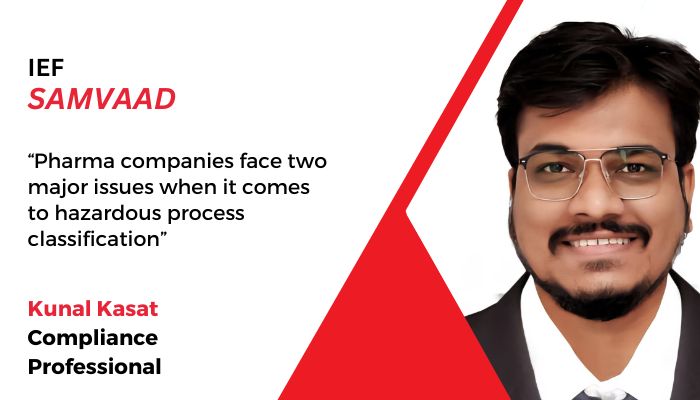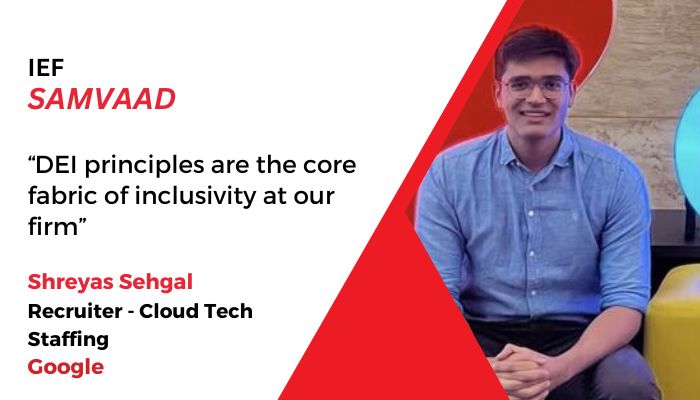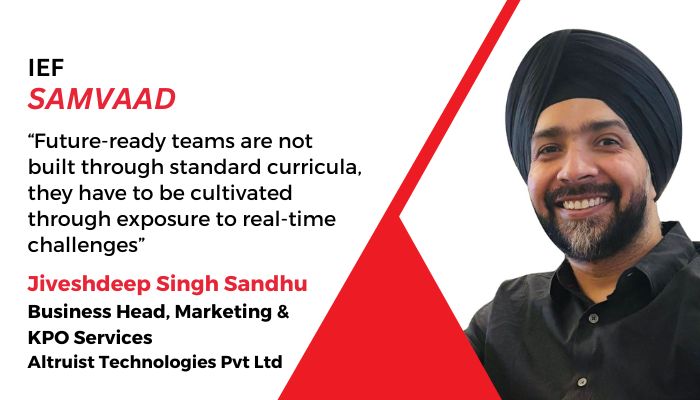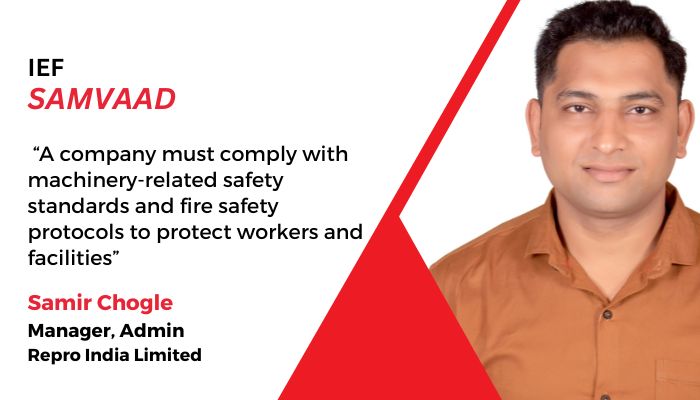Amit Sharma, CHRO, Ex Volvo Group India, talks to India Employer Forum about the changing HR milieu and its impact.
Q. Tell us something about yourself.
I’m Amit Sharma, head HR, Ex Volvo Group, India. I’ve been in this space for almost 23 years with an exciting journey working with organizations like Indian Oil, Johnson & Johnson, Phillips, and I have been in various local and global roles across my journey of these 23 years. I think it was more destiny rather than anything else. I believe this is one space where you can make the most significant impact in an organization because everything else, in my view, in an organization is easily replaceable. But, when it comes to HR and people management, the competence, the culture, and the setup you create with people makes the organization.
Q. What does the future of work look like post-pandemic?
When we look at the future of work, we need to look at it from two aspects. We may say that the world is moving towards remote or hybrid working; does it apply to all industries or job functions? No. We need to understand that different working environment models will work for various industries and diverse functions in an organization. The IT center, supply chain, manufacturing team and sales unit cannot work in a remote setup.
We also need to look at the talent expectation in each of these areas, so even if the managers may not want a particular workforce model, if the talent outside is moving in a different direction, we need to align and balance it. Somebody building a truck, a bus or a car cannot do so sitting at home. We need those people in the office, but a software developer can operate from home. However, if you are looking at people who are designing a truck, it will be more hybrid, since you do need to collaborate with other teams.
In an organization, the kind of models you have will differ from function to function and role to role and from the point of view of what is a larger labor market availability, organizations need to be flexible in some of these approaches. For example, if organizations want to enhance regional diversity or gender diversity, then those roles can be worked out remotely. Why do we want a person to relocate from Guwahati to Bangalore? If the job can be done remotely or if we need to have a female talent who has a young child and she wants to work from home for sometime; we should give her that flexibility.
Q. How do you motivate your employees to come back to work?
You have to welcome people to the office, rather than push them to come, and there’s a fundamental difference between the two. You can’t issue a notice and expect everybody in the office. We need to also adapt to the fact that as organizations, as managers, that will not work. What kind of pull mechanism are we creating? How do we build that excitement to get to work?
Also, we need to understand the customer’s expectations. If an employee is in a particular role that requires customer interaction, he cannot do so remotely. Secondly, we need to realize the level of collaboration required in the role. Does the level of collaboration require communications across multiple teams, is the dependency high or low? And lastly, does coming to work make sense from a health and safety point of view, because ultimately that is paramount. At the end of the day, communication is key. How you speak to your employees makes a huge impact. Gone are the days when passing sermons and rules was the way to go. Daily touch points, regular online meetings and having faith in your employee sitting and working from home is crucial.
Q. What do you think are the best and worst parts of a blended working model?
The positives:
- You have access to talent across the globe. You no longer require a person to be in your city to hire them. The entire world is your talent pool, and the same is the case for an employee. You can take up opportunities anywhere in the world.
- Visibility to the talent all across the team. If the manager has created a presentation, he does not need the CEO to take it to the client. With online meetings, everyone gets visibility and credit.
- Flexibility and better work-life balance. You don’t need to spend hours on the road to get to the office and have more time to yourself, to your family and for hobbies.
The negatives:
- Differential access to technology. When you are working remotely, there are places where people have patchy networks, poor infrastructure or unstable electricity, if you’re in smaller towns of India.
- Issue of power of influence because when you are in an office sitting in a place, your access to people is very high.
- Social connections: Organizations are not just run by processes. People’s bond with each other equally runs them.
Q. How important is upskilling and cross-skilling in an organization?
Both upskilling and cross-skilling are important because the world is no longer what it used to be earlier. Even our products have changed with technology. The first and foremost thing everybody in an organization needs to understand is what they call as pastel analysis, which is understanding the political environment, sustainability issues around your industry, the social issues, the demographics, technological aspects, legal aspects, etc. because they are continuously changing. When you’re looking at upskilling and cross-skilling, the first and foremost aspect is, how do you ensure that you have the right environmental knowledge, political knowledge, technological knowledge, legal knowledge, social knowledge and then look at what is going to be the skill for the future.
Watch the entire interview here: https://www.youtube.com/watch?v=CFpeqIzOnyU
About Amit Sharma
Amit Sharma is CHRO, Ex Volvo Group India. In a career spanning more than 2 decades, he has worked across various HR roles with top of the line organizations, in a diverse set of industries such as Indian Oil, Johnson & Johnson, Philips and TE Connectivity.
With focus on Business HR, his experience spans across Talent Acquisition & Management, Organizational Development & Culture, Capability Building and Employee Relations. He is a proponent of bringing technology to HR processes while retaining the human connections in the organization.
As an HR Leader, Amit has been instrumental building a sustainable high performance People Culture in the organizations he has worked for. He has devised and launched some high impact Talent Management & Capability Building programs, Employee Recognition programs and initiatives towards enhancing Employee Engagement and connect of employees with the organizations.






